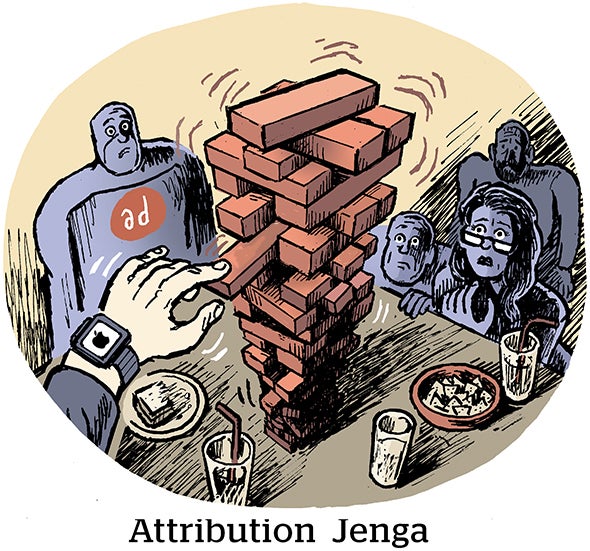Imagine a thought provoking article about a topic of interest, but it just so happens that the piece in question ties really nicely into a not so subtle plug to attend an event covering similar topics. If you can’t imagine that, don’t worry. This is what such an article looks like. So shameless are we, that each week leading up to the event, we’ll focus on a different aspect of lead generation being covered. This week, we’re focusing on one of the most fundamental components to the lead gen ecosystem – shared leads versus exclusive.
Share Leads – Optimal or Damaging?
We thought about starting by saying, “For those old enough to remember refinance,” but in the past few months, some of the bigger spenders are once again advertising mortgage leads. If you have tried other offers in lead generation but missed out on the first refi-boom, it was something else. Isolating just the marketing component and leaving aside the obvious economic disaster that followed, it was several years of fertile ground and chances to try new territories from email to google to display. It was a time of fast following, not all that different from the continuity bubble of a year and half ago.
A key aspect to mortgage was the development of a unified form. Buyers big and small bought the same exact fields. That made it very easy to sell a lead more than one time. A buyer may have only purchased leads with certain properties, all of which could take place behind the scenes. Unlike education, a lead seller did not have to build different pages, a seemingly endless combination of programs and schools. Similar to buying a click, the standardized form meant a vibrant exchange on the back-end. The fact that so many people could qualify for a refinance, meant an abnormally high conversion rate. All of a sudden, something as large as borrowing money against a home could produce yields that rivaled many brand placements.
Several factors contributed to the favorable economics in addition to the size of the applicant pool. A media recession helped. Less sophisticated targeting platforms to slice and dice audience did too, but one of the biggest was this concept of a shared lead. Sites such as Nextag and LowerMyBills would sell a lead up to four times, a number which eventually grew to six. That ,more than anything else, helped them buy prodigious amounts of media. Instead of being able to earn just $25 per lead, they could earn well over a hundred for in-demand leads. Better banners and landing pages are one thing, but it’s hard to create a four times life with those alone.
The issue with shared leads is that they become a drug. When the going got tougher for the refinance space, and they needed to earn greater revenue in order to keep up their buying spree, the first thing they did was up the number of times sold. It becomes a well that you want to keep dipping into but one which dries up quickly. Not only is it a well that runs dry quickly, it is a tactic that can poison the rest of the experience. In good times, none of that matters. If there is strong buyer demand, you can continue to push the envelope because for each that leaves, another is ready to take their place. Throw in any challenges, and it can all fall apart quickly.
Shared leads have another downside, outside of the obvious questions surrounding the user experience. They can keep prices down. If a buyer is used to paying $12 for a lead, they will often have a mental block against anything significantly higher. That’s why exclusive leads aren’t necessarily the answer either. It may turn out that a buyer who pays $12 per lead will close two times more if they buy an exclusive lead, but that mental block prevents them from making the leap despite what the numbers say. This is exactly the issue with pricing for hot transfer leads.
Certain verticals have completely resisted the pull towards shared leads. The most obvious being education. Refinance is basically a commodity. The brand doesn’t matter and most differentiators focus on just price. Not so with education, where not only do schools have different forms from each other, they also want to make sure the user has some element of choice. That has not prevented most lead aggregators from finding ways to increase the average forms per user to a number greater than one. It is often pitched as choice, but the main reason is economic. If a user completes 1.5 forms on average, that 50% lift is huge.
Today, shared leads occur on a vertical by vertical basis, and more often than not, that decision has to do with the first mover. If that first mover convinces the buyer to purchase on a shared format, it paves the way for all other sellers and buyers to fall in-line. Getting to the equivalent of a shared lead is the holy grail of monetization, but there has to be a decision on how much is enough. Certain verticals sell up to twelve times, and it’s a horrible user experience. There will need to be some empirical studies helping guide the number of time sold, because it is these types of actions which jeopardize new sectors from coming online as both buyers hear negative feedback and users stop wanting to fill out forms.
Now, for the afore warned shameless plug. Come here this topic debated live at LeadsCon, March 1st and 2nd (the big party is on the night of the 2nd) in Las Vegas. Use the link below, and you will save $200 off the current price and $400 off the regular price. Pass includes access to all sessions, the expo hall, real food, and open bar receptions. Register today.



